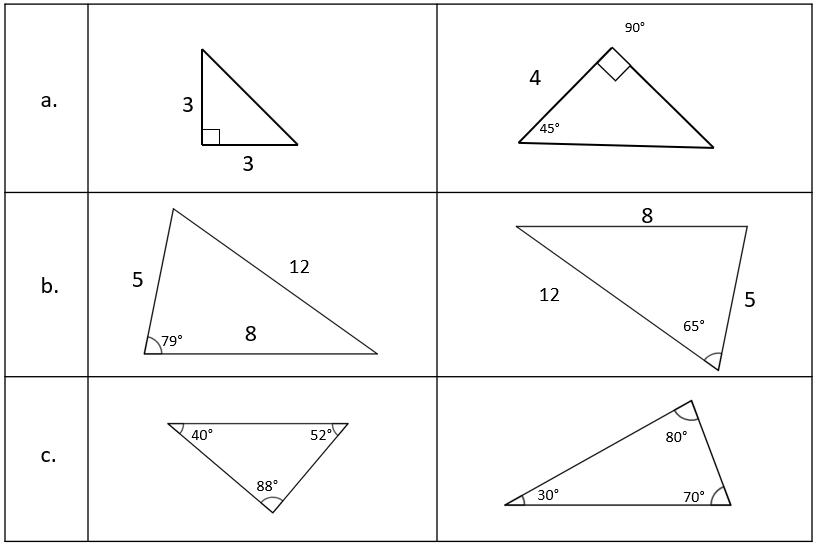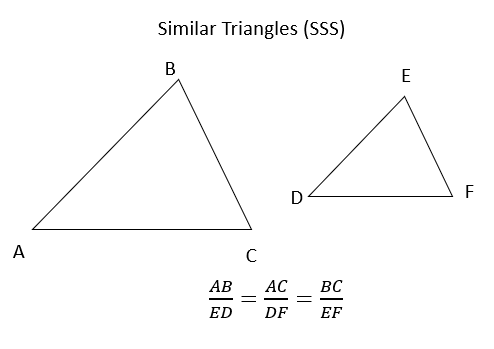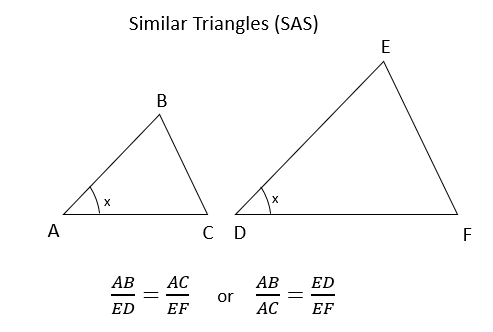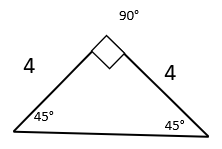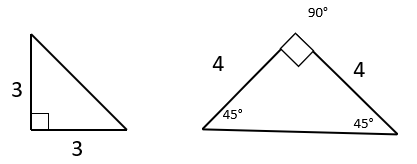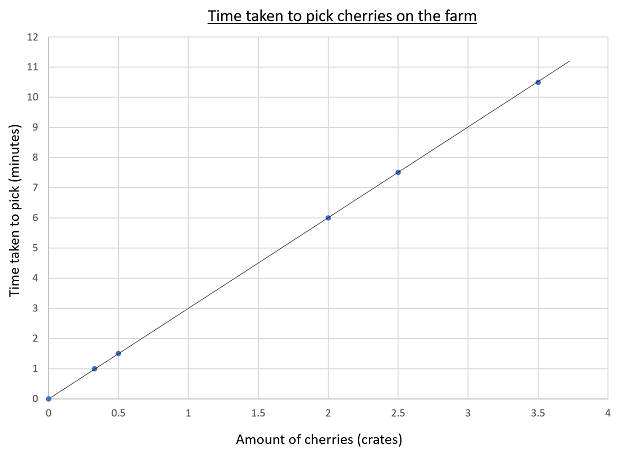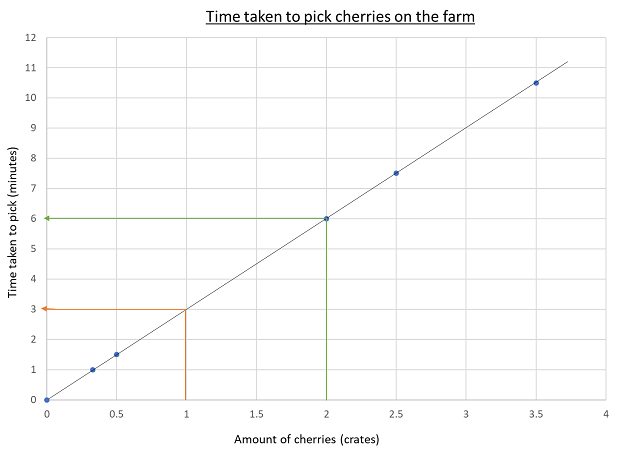The NWEA 7th Grade MAP Growth Test is globally recognized for assessing academic ability and identifying gifted students. High scores can significantly benefit future academic success.
This computer-adaptive test adjusts difficulty based on student performance. It's untimed, typically taking about an hour per section.
The test covers Math, Reading, Language Usage, and sometimes Science. Explore sample questions below to prepare your child for success.
Check out our general Free MAP Practice or access PrepPacks by grade:
7th Grade MAP Sample Questions
Math
The MAP growth Math for 7th grade includes 40-43 questions in various formats, such as multiple choice and others. The topics include computation and problem solving, number sense, geometry, measurement, algebraic concepts, and data analysis. For more about each of these topics, see below. Now let’s see what these questions look like:
Tip:
You may not even need to solve each number in order to determine relative value. See if you can deduce enough information to be able to tell which values are greater or less than others.
Help Your Child Prepare for Their MAP Test
Explore our MAP Practice PrepPacks that include
Realistic Simulations
PrepPacks tailored to accurate test scenarios.
Interactive Tests
Practice materials, designed to help students perform their best on their tests!
Premium Quality
Expert-crafted practice tests with accurate questions and explanations
Tip:
Go over all the rules and properties of shapes to be able to determine missing sides, angles, and other measurements.
Reading
The MAP growth Language Usage for 7th grade includes 40-43 questions in various formats, such as multiple choice, and others. The topics include writing mechanics, parts of speech, usage and sentence structure, and writing process. For more about each of these topics, see below. Now let’s go through some examples of what these might look like:
Tip:
Try reading the question before reading the text so that you know what to look for and what to pay attention to.
Tip:
When you are unsure of the answer, go through each option and eliminate which ones make the least amount of sense. This will narrow down the possibilities and make it easier to find the best answer.
Reading
The MAP growth Language Usage for 7th grade includes 40-43 questions in various formats, such as multiple choice, and others. The topics include writing mechanics, parts of speech, usage and sentence structure, and writing process. For more about each of these topics, see below. Now let’s go through some examples of what these might look like:
Tip:
Capitalization—and punctuation in general—can be very technical. Sometimes it may seem right and be wrong, or vice versa. It is best to review all the rules and practice spotting them in different contexts, rather than relying on instinct or familliarity.
MAP Language Usage – Parts of Speech
Read the sentence.
A molecule is approximately one million times smaller than a grain of sand.
Which word is modified by the adjective "smaller"?
Tip:
Don’t be fooled by the length of a sentence, phrase, or any segment in writing. The answer will always follow the structure or makeup itself, not how it appears. A sentence can be two words, a clause can be ten words, and a phrase can be longer or shorter than either of them.
Pave Your Child's Way to Success!
469 Questions & Explanations
Starting at $69
Improve your RIT score:
MAP Test Practice Tips: 7th Grade
- Study according to your student’s level. While you may be studying for the 7th Grade MAP Test, each student’s level of knowledge varies and there may be some knowledge gaps in need of being filled. We therefore recommend taking the time to fill them.
- Schedule reading time. Nothing beats improving vocabulary and language skills in general than taking the time everyday to read. We recommend incorporating both fiction and nonfiction sources into your reading time, as both will be included in the exam.
- Discuss current events. Keeping your student informed about current events is a great way to maintain interest in learning, a weapon imperative to doing well on the exam.
- Use math daily. For many students, math anxiety is a daily academic struggle. Therefore, sprinkling a bit of math into your student’s day, be it through a fun math fact or an interesting equation, can help loosen their nerves and even pique their interest.
- Maintain a steady study schedule. Sticking to a schedule with firm deadlines and time restraints will help keep your student mentally organized and also ensure every minute counting towards his or her prepping process.
- Add variety! Varying both studying location and style is beneficial in keeping your brain from idling. Studied at home too much? Try the library or a café. Did a lot of highlighting and reading? Try writing and speaking.
- Keep an eye on nutrition. Making sure your diet consists of all the necessary nutrients is key to ensuring the utmost effectivity in every study session. Protein, healthy fats, and fruits and veggies are a splendid weapon for brain power and focus.
- Treat sleep as non-negotiable. Alas, many students have fallen for this “extra time in disguise”- it makes sense, sleep less study more. Except it doesn’t. Getting 8-9 hours of sleep is a crucial part of information retention. Not getting your ZZs after an effective session of studying makes it ineffective.
- Talk through the topics you cover. Sometimes talking about a topic helps it register better in the mind. Make sure to talk through the difficult concepts, be it in language usage, reading, or math.
- Practice with practice tests! Practice tests are the best way to become accustomed to the format of the examination and thus feel more prepared on test day. Often text anxiety comes from unfamiliarity with the test format.
Get MAP Test Practice for 7th Grade!
It’s here! TestPrep-Online’s 7th Grade MAP Practice Pack! Our pack includes 7th Grade MAP Practice Tests, sample questions, study guides and detailed explanations for every section of the exam. Our goal, as always, is to help you succeed!

